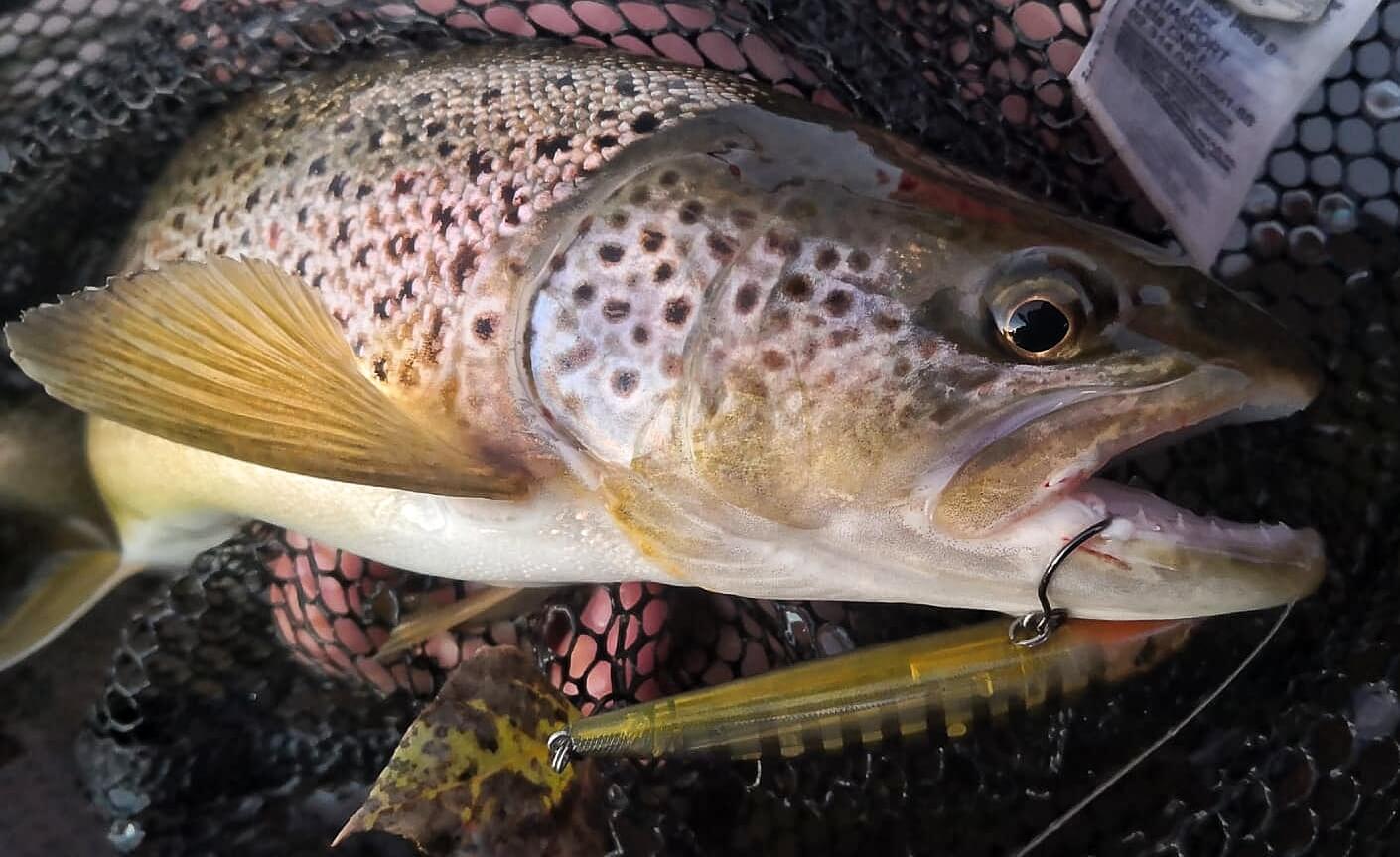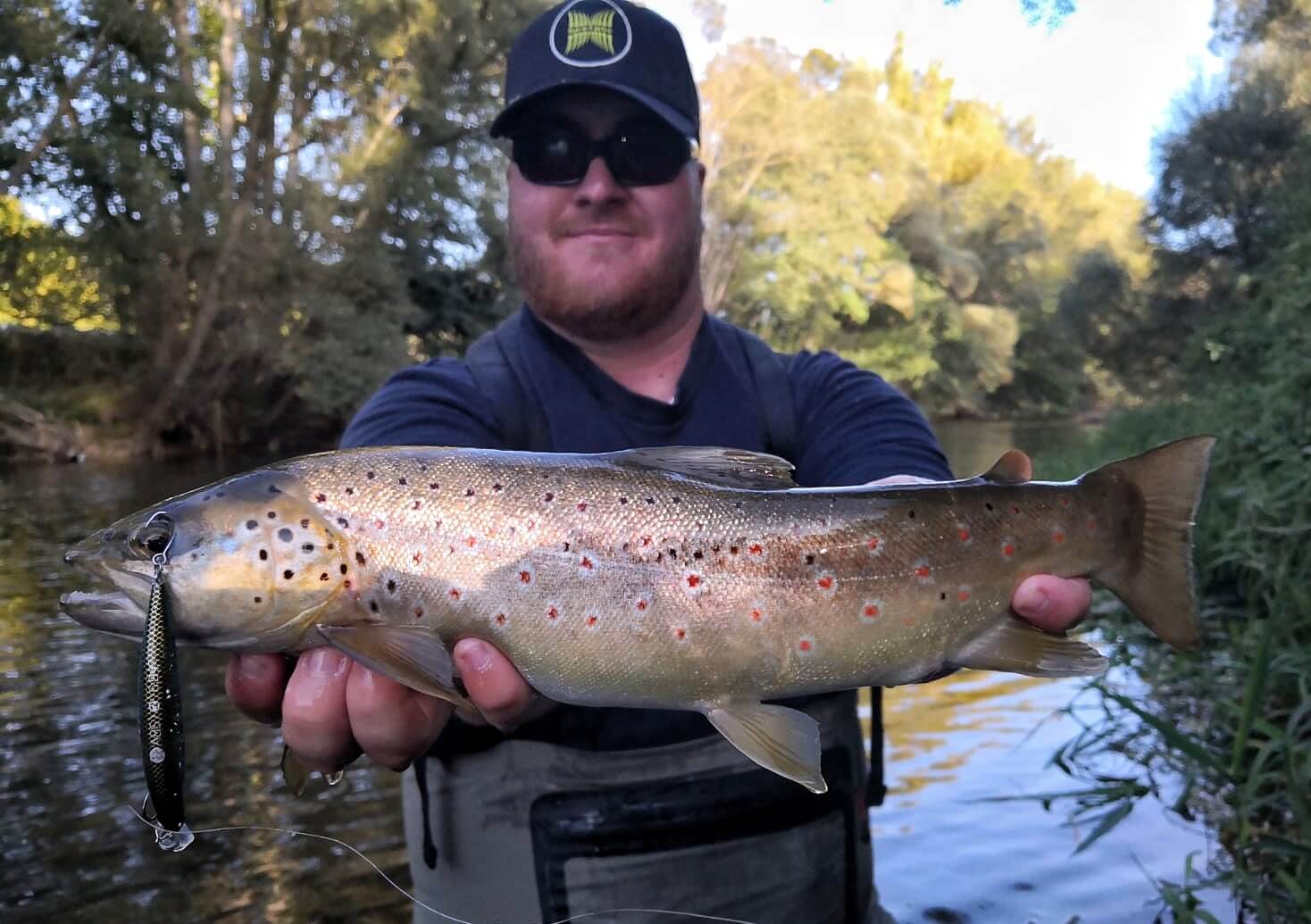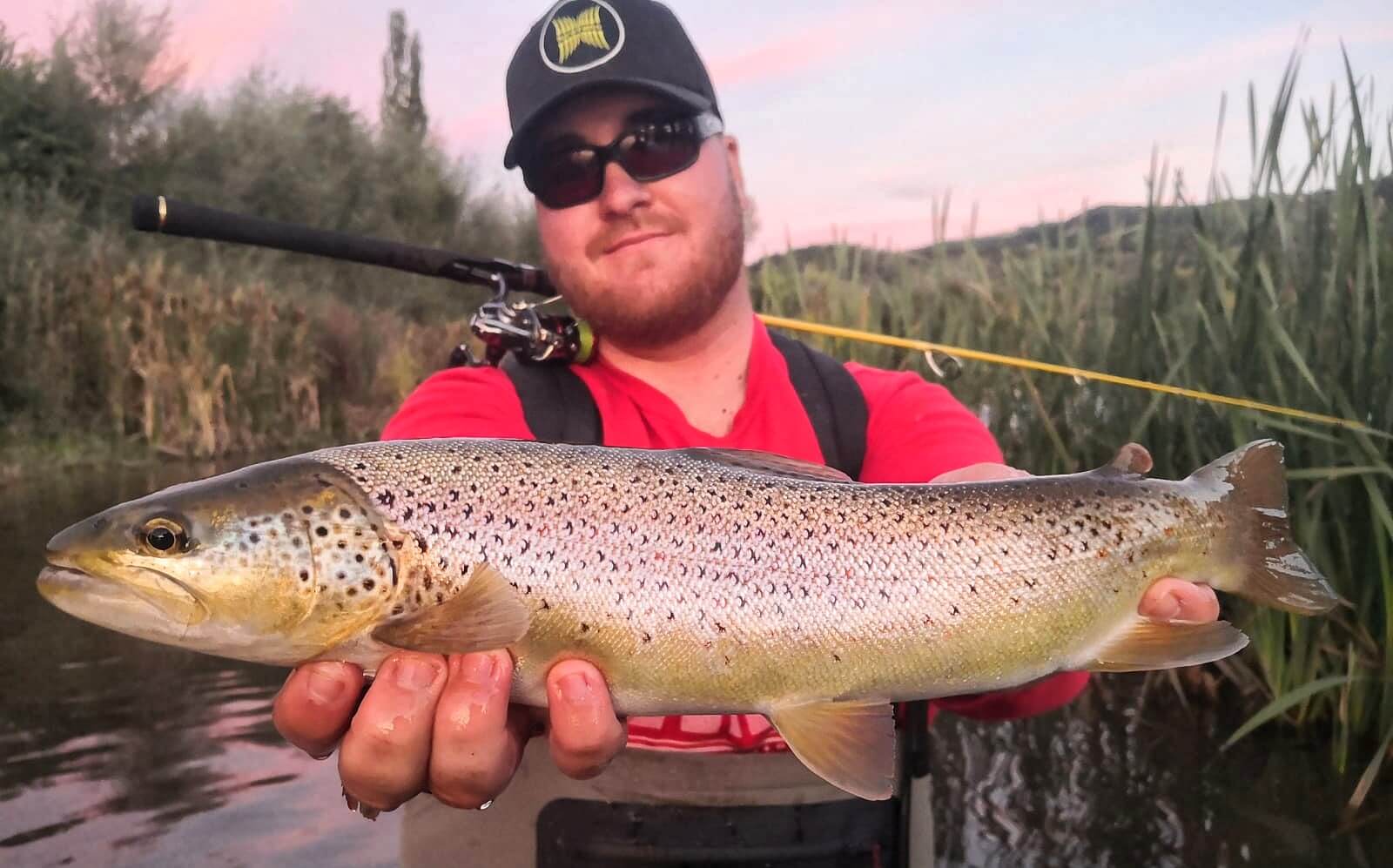
Trout fishing is an exciting and relaxing activity, but it can also be a challenge if you don't choose the right equipment. Among the essential elements to consider, the choice ofhook is of particular importance. In this guide, we'll give you some tips on how to choose the right trout hook to maximise your chances of success during your fishing sessions.
Understanding the different types of hooks for trout
Image credit: http://www.wikihow.com/
There are several different types of trout hook, each with its own advantages and disadvantages. Here are the main types you'll come across:
- Single hooks: These are made up of a single point and will be perfect for beginners or for those who want to fish in a more fish-friendly way.
- Double hooks: As their name suggests, they have two points. They offer a better grip on the fish, but can also cause more damage.
- Triple hooks: These hooks have three points and are often used when fishing for big fish such as trophy trout. They greatly increase the chances of hooking the fish, but can also be more difficult to remove.
Be aware of the rules that apply in the areas where you'll be fishing. Some areas offergreater protection for fish, particularly where no-kill is the rule.So sometimes you won't be able to fish with anything other than a single hook.
Choosing the right hook size for trout

Hook size is an essential criterion for optimising your chances of success when trout fishing. There are different hook sizes, from the smallest (No. 32) to the largest (No. 1), then 1/0, 2/0 and larger. For trout, here are a few recommendations:
- For small trout: choose hook sizes 12 to 16.
- For medium-sized trout: choose hook sizes 8 to 12.
- For large trout: choose hook sizes 4 to 8.
Remember that these recommendations are general and may vary according to the fishing technique used and local conditions. Don't hesitate to adapt your choice accordingly. You'll need to be consistent with the size of fish you're after and, above all, the lures you intend to use!
Consider the shape of the hook
As well as the size and type of hook, it's also important to consider its shape. Some hook shapes are better suited to certain fishing techniques or certain types of bait. Here are a few examples:
- Long shank hooks: These are ideal for natural baits such as worms or insects, as they give a better presentation of the bait and reduce the risk of snagging.
- Short shank hooks: These are preferable for artificial baits such as lures, as they offer better mobility and better imitate the swimming action of natural prey.
- Offset eye hooks: These make it easier to hook fish by changing the angle at which the point enters the fish's mouth.
We offer all these types of hook in our wide range. If you have any questions, just ask in our chat or on our social networks, and we'll be happy to answer them!
What material should you choose for your trout hook?

The material used to make the hook can also have an impact on your chances of success when trout fishing. The two main types of material are :
- Stainless steel: This is the most common hook material. It is corrosion resistant and offers good durability.
- Carbon steel: These hooks generally have a finer, sharper point than stainless steel, which can make it easier for the hook to penetrate the trout's mouth. However, they may be less resistant to corrosion.
Finally, some hooks have an anti-reflective coating to make them less visible in the water. This can be an advantage when fishing for trout, as these fish are often wary and sensitive to their environment.
Adapting the type of hook to your fishing technique
Your choice of hook for trout will also depend on the fishing technique you prefer:
- Fishing with natural bait: Single hooks are generally recommended, as they offer better presentation of the bait and limit the risk of snagging.
- Lure fishing: Double or treble hooks may be preferable to maximise your chances of hooking the fish. However, single hooks can be used on certain lures to reduce the impact on the fish and make unhooking easier.
- Fly fishing: Barbless single hooks are the most commonly used for this fishing technique, as they give a better imitation of insects and make it easier to release the fish.
By following this advice and adapting your choice of hook to local conditions and your personal preferences, you'll have every chance of making your trout fishing sessions a success. Happy fishing!
Our other articles on hooks :
